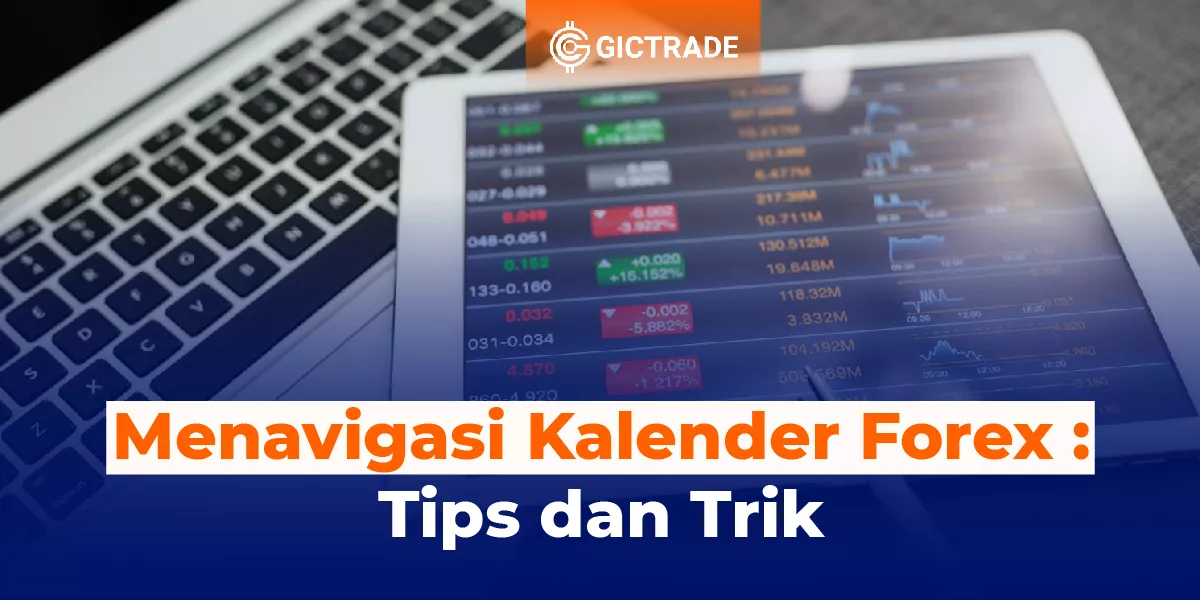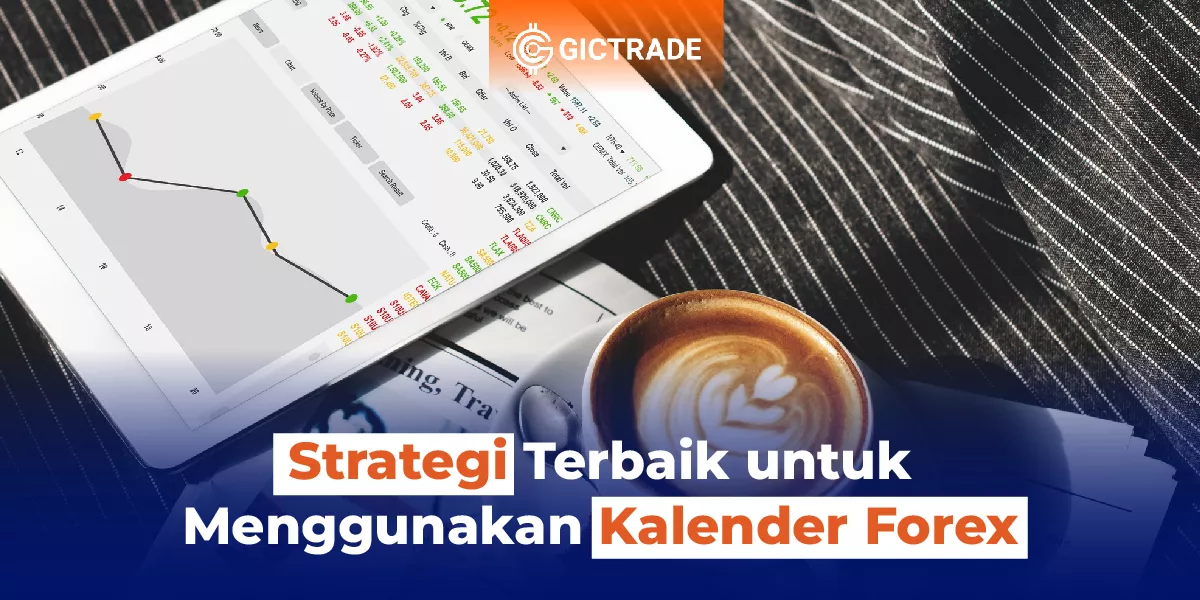There are many ways that can be taken to make a profit in terms of trading. Usually, traders will look at and forecast future price movements. However, there are other ways that can be done when you want to make a profit in the future. One of them is by doing Arbitrage Trading.
Arbitrage Trading is a way of trading where traders will compare two markets on the same instrument. This is done to find out the price comparison in the two markets. For more details about Arbitrage Trading, you can learn about it through the explanation below.
What is Arbitrage Trading
Arbitrage or arbitrage is the process of buying and selling financial instruments simultaneously in different markets with the aim of taking advantage of price imbalances. The party conducting the arbitration is called arbitrage.
An arbitrage will later look for the price difference on the same financial instrument in a different market, then buy the instrument with the one offering a cheaper price and immediately sell it on the market that offers a higher price.
Broadly speaking, arbitrage trading is a trading system or strategy that takes advantage of the price difference between two markets at the same time. For example, you buy gold at market A at a low price, then you resell this gold at market B at a much higher price.
Legality of Arbitrage Trading
Many people of course ask about the legality of this arbitrage trading strategy. In addition to the negative connotation of the word arbitrage that may exist in popular culture, arbitrage is a legal strategy to do. Because usually an arbitrage is basically a market maker. Becoming a market maker is usually recommended in most free markets to help provide liquidity by increasing the overall trading volume. The increase in volume means that the price change of an asset becomes smaller and will then make it easier for long-term investors to buy the asset without significantly affecting the price. This makes the market more predictable or at least slower price changes in the long term.
Types of Arbitrage Trading
Arbitrage can be carried out on various financial instruments other than stocks such as bonds, derivatives, commodities, and also currencies. Although arbitrage usually refers to trading opportunities in financial markets, there are also other types of arbitrage opportunities that include other tradable markets. These include risk arbitrage, retail arbitrage, convertible arbitrage, negative arbitrage, and statistical arbitrage. For the explanation, you can understand through the article below.
Risk Arbitrage
This type of arbitrage is also called merger arbitration, as it involves the purchase of shares in the merger & acquisition process. Risk arbitrage is a popular strategy in hedge funds, which buy target shares and short sell acquirer shares.Negative Arbitrage
Negative arbitrage refers to the opportunity lost when the interest rate a borrower pays on its debt for example, the bond issuer, which is higher than the interest rate at which the fund is invested.Statistical Arbitrage
Statistical arbitrage is also known as stat arb which is an arbitrage technique by involving complex statistical models to find trading opportunities among financial instruments at different market prices. The models are typically based on an average return strategy and require significant computing power.
Retail Arbitrage
Just like in the financial markets, arbitrage can also be done with regular retail products from your favorite supermarket. For example, on eBay, later you will find hundreds of products purchased in China and sold online at higher prices in different markets. Conversion arbitrage – another popular arbitrage strategy, conversion arbitrage involves the purchase of conversion security and the short sale of the underlying stock.
Arbitrage Trading On Forex
Arbitrage is a way of trading where traders try to profit from the price difference between instruments in two different markets. In English, traders who use arbitrage strategies are commonly referred to as "arbitrageurs".
Meanwhile, forex arbitrage is a risk-free trading strategy that allows retail currency traders to make a profit without exposure to open currencies. This strategy involves acting on the opportunities presented by existing price inefficiencies in a short span of time. This type of arbitrage trading involves buying and selling different currency pairs to exploit any price inefficiencies.
A trader who wants to arbitrage in forex is basically buying a currency at a broker that offers a lower price, while at the same time selling at a broker that offers a higher price. After deducting transaction fees, the profit is the remaining difference between the two prices.
The methods can vary, but the point is to try to take advantage of price anomalies. The practice of forex arbitrage is a strategy that is often implemented by hedge fund companies and forex traders at the institutional level. However, it is rare to do so at the level of retail traders.
Apart from the fact that the prices among retail forex brokers are more or less the same, it is also because many retail forex brokers prohibit the use of arbitrage.
Arbitrage Trading Strategies On Forex
This forex arbitrage practice includes strategies that are often carried out by hedge fund companies and forex traders at the institutional level. However, it is rare to do so at the level of retail traders. Apart from the fact that the prices among retail forex brokers are more or less the same, it is also because not a few retail forex brokers prohibit the use of arbitrage.
There are several ways that can be done when you want to use this arbitrage strategy. The first way is to arbitrate forex between two brokers who provide different price quotes for a currency pair (Broker Arbitrage), while the second way can use Triangular Arbitrage which is similar to hedging.
Broker Arbitrage
In its simplest form, forex arbitrage is done by buying and selling the same pair on two brokers that provide different price quotes. You also have to pay attention to the price difference that only occurs in a few seconds interval.
Also, pay attention to the calculation of spreads or other trading fees. To carry out an Arbitrage broker strategy, a trader must be able to act quickly.
Triangular Arbitrage
Triangular arbitrage is an arbitrage transaction that involves three different currencies and seeks to exploit inconsistencies between their exchange rates. Profits can arise when the cross-rate conversion of the three currencies does not really match. For example, if you exchange rupiah for US dollars and then convert it to Euro.
Later when you do that, arbitrage arises when it gains a profit rather than exchanging rupiah to Euro directly. In the real world, arbitrage opportunities rarely arise. Forex traders usually have advanced computer equipment or programs to automate the process.
So, it minimizes profits due to the lag in transaction processing time. In addition, the chances of arbitration are reduced due to the transaction costs involved.
Arbitrage Trading on Cryptocurrencies
Conducting this crypto arbitrage or arbitrage is done by trying to profit from the price difference for the same cryptocurrency on different exchanges or markets. Crypto trading arbitrage is the simultaneous buying and selling of the same crypto asset to profit from the price imbalance.
Crypto trading arbitrage is a trade that seeks profit by exploiting the price difference of identical or identical crypto assets on different exchanges or in different forms.
For example, you should have accounts on several different exchanges. This is intended so that you can do arbitrage trading. Next, you can see and compare the price of the crypto.
For example, the price of bitcoin on each exchanger that you already have. Next, you can buy bitcoin on the exchange that shows the lowest price, which then sells on the exchange that shows the more expensive price.
Arbitrage Trading Strategies on Cryptocurrencies
The arbitrage trading strategy itself consists of three types of arbitrage methods in cryptocurrency trading: spatial, cross-country, and statistical. For an explanation of these three strategies, you must understand them through the following article.Spatial Arbitrage
Spatial arbitrage involves taking advantage of different prices for cryptocurrencies quoted on two different exchanges. While Exchange A might offer BTC for $9,500, Exchange B's price might be set at $9,850.
A trader can take advantage of this $350 split by buying from Exchange A and selling on Exchange B – effectively moving funds from one to the other. Given the breadth of decentralization in the crypto sector, the discrepancy could occur more often than expected.
Cross-Country Arbitrage
This Cross-State Arbitration is also commonly referred to as International Arbitration. This International Arbitration is similar to domestic court litigation, but instead of taking place before a domestic court, it takes place before private jurors known as arbitrators. It is a consensual, neutral, binding, private and enforceable means of international dispute resolution, which is usually faster and cheaper than domestic court proceedings.
Unlike domestic court rulings, international arbitration awards can be enforced in almost any country in the world, making international arbitration the primary mechanism for resolving international disputes. The concept is the same as spatial arbitrage, but the difference is that the exchanges involved in these transactions are in different countries. Keep in mind that this trading strategy is quite difficult to do because cross-country arbitrage may be due to the existing price not matching the purchasing power of the consumer.
Statistical Arbitrage
Statistical Arbitrage, also known as stat arb, is an arbitrage technique that involves complex statistical models to find trading opportunities among financial instruments at different market prices. It is a strategy that uses mathematical modeling.
This method is very risky compared to other methods because it can use a trading algorithm that takes advantage of price differences that can only exist for a short time.
Steps to Trade Crypto Arbitrage
You can trade crypto arbitrage with the following steps.- Select Two Bitcoin Exchanges. Choose two exchangers where you want to take advantage of the price difference. For example, you do spatial arbitrage using two local exchanges.
- Deposit Rupiah Money. Deposit the amount of money on the exchange where you are going to buy bitcoin. Adjust the deposit amount to your ability.
- Observe the price. Pay attention to the price changes of bitcoin on both exchanges. Because often the price difference occurs in a short time.
Risk of Arbitrage Trading
All investments and trading have their own risks, including arbitrage trading. The risks associated with arbitrage trading are:Limited Calculation Time
Finding profits with this strategy usually requires quick calculations in a very limited time. When faced with certain conditions, traders can experience panic. So, later it will not be possible to calculate costs, risks, and profits properly.Unexpected Fees
In crypto arbitrage, traders should understand that there are other fees that will be charged in addition to the transaction fees. If you deposit Rupiah (IDR) to platform A to buy bitcoin, then transfer the BTC to platform B to sell, and withdraw Rupiah (IDR) from the same platform. You will be charged several types of fees. Chances are, you will need to pay deposit fees, trading fees, transaction fees, and withdrawal fees.
Price Uncertainty
The price of digital assets is highly volatile. This means that prices can constantly change, regardless of the exchange used and the asset being traded. When you try to arbitrage trading, there is always a risk that others will also take advantage of the opportunity. Therefore, there is no certainty arbitrage trading always makes a profit.Things to Look for When Trading Arbitrage
If you want to trade across borders, it is recommended to pay attention to the differences in each jurisdiction or any existing provisions. Therefore, you must study the applicable laws and existing regulations. Starting from KYC regulations to AML (anti money laundry) regulations. In addition to paying attention to the jurisdiction and selling and buying prices of crypto assets on each exchange, there are several things that you need to pay attention to so that you can still get maximum profits.Trading Fees Per Exchanger
Make sure the profits you get can still cover the cost of trading on the exchange you use. Don't let the profits you get are not proportional to the trading fees charged by the exchange.Withdrawal Fee Per Exchanger
Each exchanger applies a withdrawal fee in its bitcoin trading. This can make your arbitration profits lost. Try to withdraw as little as possible. Withdraw after making several arbitrage trades.
After knowing everything about arbitrage trading starting from the meaning to the risks of arbitrage trading itself, you can try the strategies that have been explained according to the trading you want, both crypto and forex. You can also apply other things to each trading using different instruments.
This the discussion from GICTrade regarding the explanation of Arbitrage Trading. You can also find out other information about investment, trading, and other financial trivia, such as BRI Transfer Limit "Trading Psychology, How to Train and Master the Trading Market" and "Tips for Making a Stock and Forex Trading Plan" only at the GIC Journal.
Also make sure you deepen your forex knowledge at GICTrade, via the scalping ebook, and also NFP live trading. And don't forget to download GIC Mobile Apps on Google Play Store as well as Apple App Store.
 Last:
Last: 







